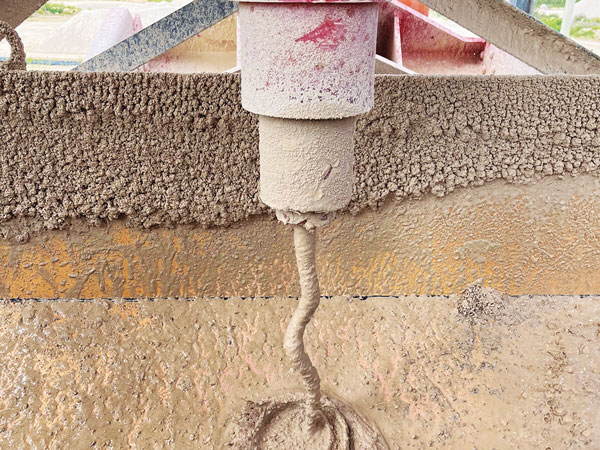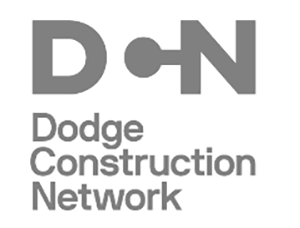To make a coarser cut, decrease the speed of the pump to decrease the flow rate and pressure. To make a finer cut, increase the speed of the pump to increase the flow rate and pressure.
3. Inlet area
The size of the inlet area determines the capacity of the hydrocyclone. Larger inlet sizes allow for higher throughput without having to change the pressure.
To increase or decrease capacity while operating at the same pressure, look to change the size of the inlet area.
4. Vortex finder diameter
Similar to the inlet area, the vortex finder diameter can affect capacity and the cut point.
The vortex finder, which extends down partially in the center of the feed box, acts as a cutter. A larger-diameter vortex finder allows more material to be pulled into the air core and out the overflow, creating a coarser cut. A smaller vortex finder allows less material to be pulled into the air core and out the overflow, creating a finer separation.
Changing the diameter of the vortex finder changes the pressure inside the cyclone. A larger vortex area decreases the pressure, so more material goes into the overflow to create a coarser cut. A smaller vortex area increases the pressure, so more material goes into the underflow, thus creating a finer separation.
5. Underflow diameter
The underflow diameter of a cyclone’s apex must be matched to the tonnage per hour. If the apex is too small, the air core cannot form properly, and the underflow will rope. This is when the cyclone is operating at its worst.

If the apex is too big, too much air will enter the cyclone along with a lot more water – and, consequently, more fines – will come out the underflow. This affects the cut point.
To reduce bypass material and increase the underflow concentration in cyclone underflow, install a smaller apex. If coarse particles are in the overflow and the underflow discharge looks like an old rope, install a larger apex.
6. Length of cyclone
The length of the cyclone also affects performance. Longer cyclones allow for finer separations because the material spends more time in the cyclone to decide which way it is going to go. Shorter cyclones make coarser cuts because the material has less time in the cyclone before discharge.
The length of a cyclone is determined by the conical sections – or extended feed boxes – and cone angles. A 10-degree cone angle makes it a longer cyclone while a 40-degree cone angle makes it a shorter cyclone. Adding extended feed boxes increases the length of the cyclone.
Finally
To gauge the performance of a hydrocyclone, measure the feed, the overflow and the underflow. Then, depending on the goals of the application, the performance can be improved accordingly by making changes to one or more of the components listed above.
Information for this article courtesy of McLanahan Corp.











